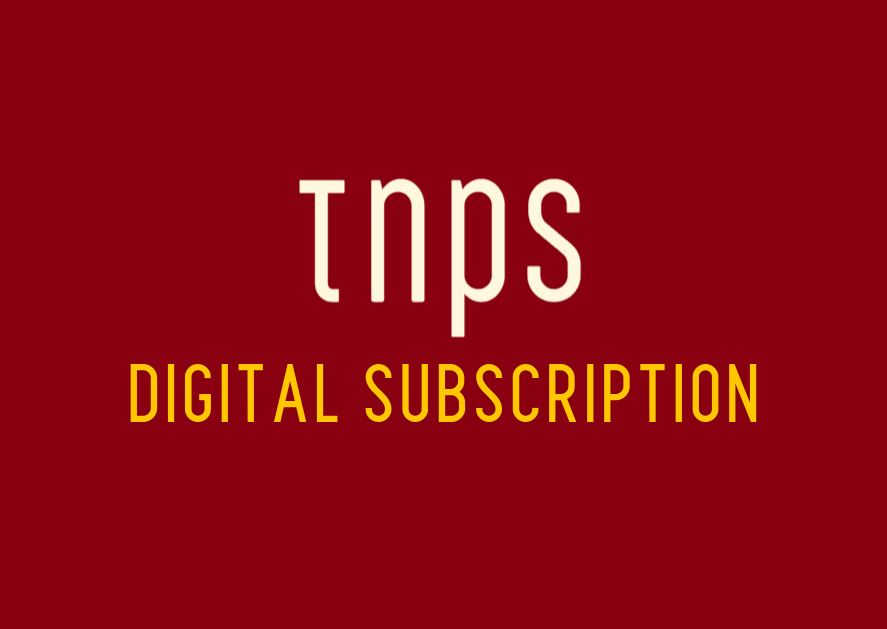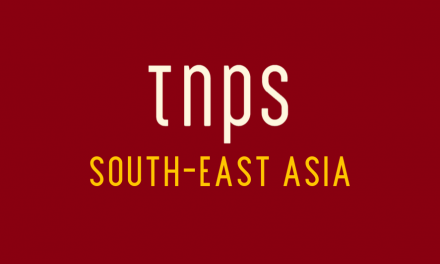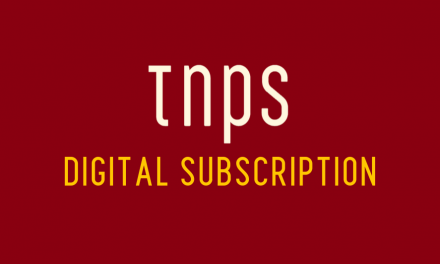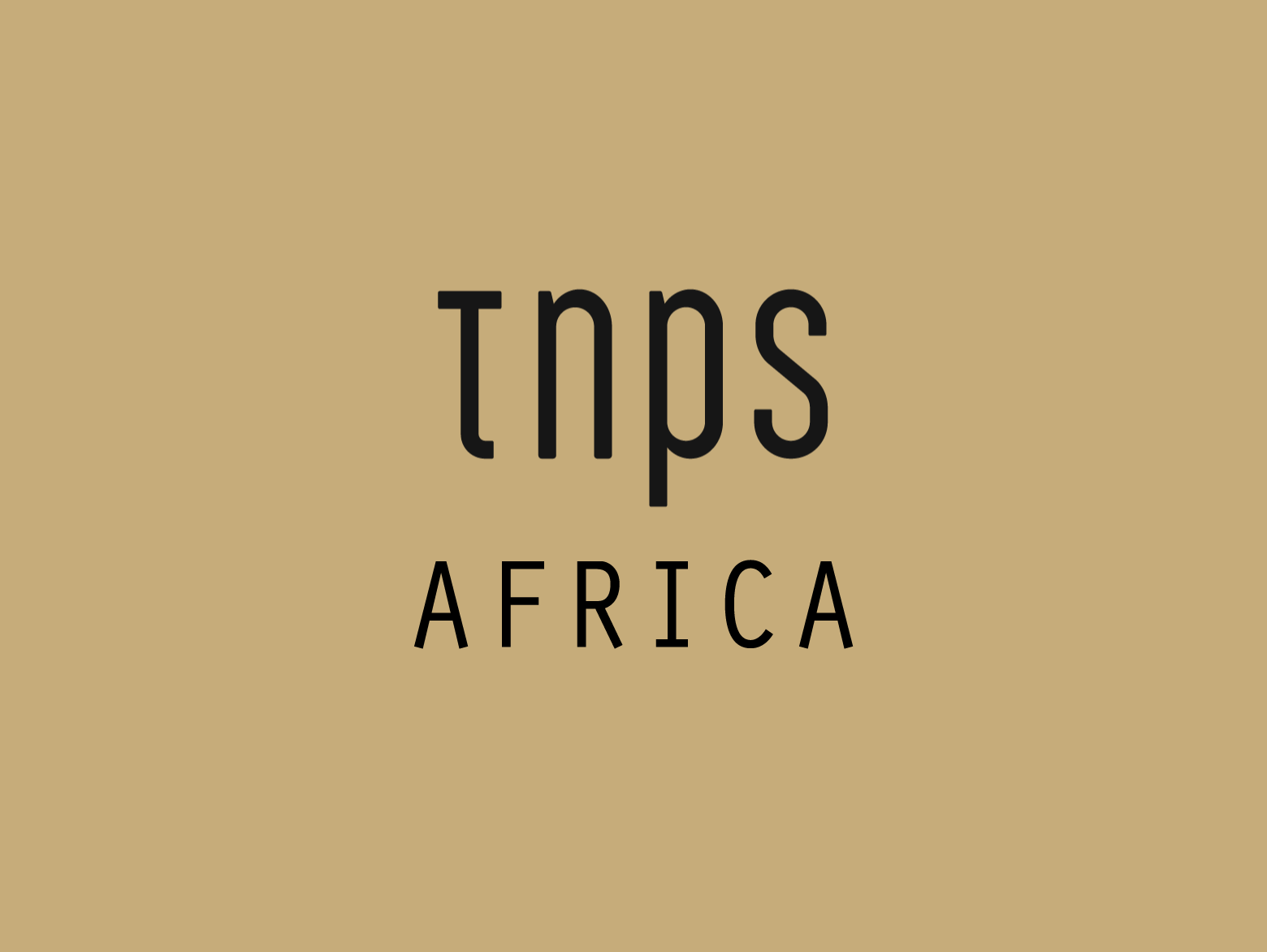We need to seriously entertain the possibility that the so-called fall in ebook sales that everyone delights in reporting might well be in part to readers deserting mainstream à la carte platforms in favour of streaming platforms like, but not limited to, Kindle Unlimited.
Hard on the heels of the TNPS analysis of the Storytel payouts to publishers for Q4 2021 comes a look at the payouts by Amazon to indie authors using the Kindle Unlimited ebook subscription service to reach readers.
Some clarifications are in order before we proceed.
First, Kindle Unlimited is ebooks only, whereas Storytel offers audiobooks and ebooks, with audiobooks by far the largest sector.
Second, the Storytel numbers in the previous essay –
– related only to Sweden, whereas the Kindle Unlimited numbers discussed here are about the so-called “Global Fund”, which in real terms means a handful of the key Amazon markets, but mainly, by far, the US. NB: Not all of Amazon’s marketplaces have Kindle stores and even fewer offer Kindle Unlimited, while the huge US market overshadows all others.
Which means the payouts to be referenced below went predominantly, but not solely, to US indie authors (aka “independent publishers” or “self-publishers” but not at all to be confused with indie or independent book stores).
Third, these payouts refer only to “royalties” (the sum Amazon pays out after taking its cut) paid to indie authors for downloads of their books through the Kindle Unlimited subscription service, so in effect the same as the payout publishers receive from Storytel.
Fourth, to be absolutely clear, à la carte sales of self-published books are a totally separate accounting matter, and one where the true numbers are known only to Amazon, but which the Kindle Unlimited numbers we see here indicate must surely be another colossal sum of ebook revenue the AAP does not (because it cannot) count.
Fifth, reinforcing that point, the pot payout, or “Global Fund” we will refer to below is paid out only to indie authors using Kindle Direct Publishing through the Amazon platform. Indies using Kindle Unlimited to reach reader are forced to be exclusive with Amazon, so their books will not be available as ebooks elsewhere, but indies just selling à la carte on Amazon will also be making sales on Kobo, Nook, Apple, google Play, Scribe, etc, again untracked by the AAP.
Sixth, we should understand that mainstream publishers putting titles into Kindle Unlimited will be getting paid on separately agreed terms, quite distinct from the Global Fund. Likewise the actual royalties paid to APub authors with books in KU are quite separate from the Global Fund pot. So when we talk about $450 million being doled out to indie authors with their books in kindle Unlimited we are talking just a fraction of the total sum being paid out to publishers (including APub) for ebooks downloaded through Kindle Unlimited.
Finally in our long list of clarifications we should be absolutely clear that the publishing numbers we are told about by the various publishers associations and the stats counters like Nielsen and Bowker (indies publishing ebooks on Amazon do not need ISBNs) DO NOT track these indie sales in their count.
In fairness to the AAP, the Association of American Publishers makes no secret that it only carries statistics as received from participating publishers. That’s pretty much all the major mainstream US publishers, but does exclude many small presses. It also excludes APub, the publishing arm of Amazon. It excludes self-publishers. And it excludes ebook downloads via streaming services and digital libraries.
But look at pretty much any industry reportage of the latest numbers and the message is clear:
This from Publishing Perspectives:
• Ebook revenues were down 4.7 percent as compared to calendar year 2020, for a total $1.1 billion
• That avidly watched downloaded audio format was up 13.4 percent, at $766.2 million in revenue
Porter Anderson is at pains to note,
The AAP’s numbers reflect reported revenue for tracked categories including trade (consumer books); K-12 instructional materials; higher education course materials; professional publishing; and university presses.
But the suggestion that there might be significant ebook sales and downloads happening elsewhere that might impact the AAP figures simply isn’t entertained.
It’s also worth bearing in mind that the AAP ebook stats include, per the Publishing Perspectives note, ebooks in the K-12 instructional materials, higher education course materials, professional publishing and university presses sectors.
By comparison that $450 million Amazon paid out to self-published authors via Kindle Unlimited will be almost all trade, and we can add to that that almost all APub ebooks in Kindle Unlimited or sold à la carte, and almost all self-published ebooks sold à la carte on Amazon or elsewhere will be trade.
Yet this sum of substantially over a half billion dollars when we include à la carte indie sales is, for all practical purposes, ebook volume and revenue that is quite invisible. And by choice, it sometimes feels, when we see talk (from those who should and probably do know better) of how ebook sales have stalled or are in steep decline.
And while we’re talking faux narratives about how consumers have abandoned ebooks, let’s drop in a quiet mention of the half billion digital downloads OverDrive presided over through digital libraries. As this post goes live OverDrive has not confirmed the ratio of ebooks to audiobooks in this 2021 number, but on past record around 2/3 will be ebooks.
Okay, so ebooks are not in decline after all. Rather consumption patterns are shifting in ways some publishing parties would prefer not to acknowledge, and far from declining, ebook consumption continues to rise.
Here’s the summary reality: The $450.1 million Kindle Unlimited payout to self-published authors alone shows an increase of 19% on 2020, while the AAP, which does not in any way shape or form track self-published ebooks, reports a fall of 4.7% in mainstream ebook revenues.
• Bear in mind unlimited subscription services payouts do not compare favourably with à la carte payouts.
• Bear in mind that the Kindle Unlimited downloads represent only a part of the total ebook consumption on Kindle Unlimited.
• Bear in mind that the Kindle unlimited downloads are only part of the wider consumption of ebooks on Amazon from self-published authors and from APub authors that is not tracked by the AAP.
• Bear in mind that Kindle Unlimited, even in the US, is just one of myriad subscription services offering ebooks, almost none of which are tracked by the stats counters that tell us how big the book markets are.
• Bear in mind self-publishers not exclusive with Amazon for Kindle Unlimited are not just seeing à la carte sales on Amazon but also from other ebook platforms which likewise are not in any way, shape or form, tracked by the AAP, Nielsen, etc.
• Bear in mind that while Amazon’s APub doesn’t share its own sales figures for its ebook arm, we can from ebook chart positions determine it’s pretty clear top-selling APub authors compete with and outsell many top-selling mainstream-published ebook titles.
Then ask yourself again about the immensely popular industry narrative that ebook consumption is in decline.
No, we cannot know just how big the US ebook market is, but we can say with certainty it is way, way bigger than the AAP’s StatShots and the selected reporting from the industry journals would have us believe.
And as per past discussion here at TNPS we need to seriously entertain the possibility that the so-called fall in ebook sales that everyone delights in reporting might well be in part to readers deserting mainstream à la carte platforms in favour of streaming platforms like, but not limited to, Kindle Unlimited.
Let me end this post with the full monthly payouts by Kindle Unlimited to self-published authors during 2021.
• January 2021: $36 million
• February 2021: $33.5 million
• March 2021: $35.4 million
• April 2021: $35.5 million
• May 2021: $35.9 million
• June 2021: $36.5 million
• July 2021: $38.1 million
• August 2021: $39.6 million
• September 2021: $39.7 million
• October 2021: $39.8 million
• November 2021: $39.9 million
• December 2021: $40.2 million







Bingo. Finally, some truth-telling. Well done.